
Oral Storytelling, Art and Photos from YWCA Crabtree Corner
Indigenous participants share their journeys and cultural heritage through oral storytelling, preserving traditions and perspectives.
Indigenous participants at YWCA Crabtree Corner were invited to reconnect with their cultural roots through a workshop centered on oral storytelling led by 3 Crows Productions. Grounded in Indigenous perspectives, this experience encouraged participants to preserve and share the time-honoured tradition of passing down stories through spoken word. Each piece presented here is a reflection of the voices and journeys of those who attended.
These are their stories.
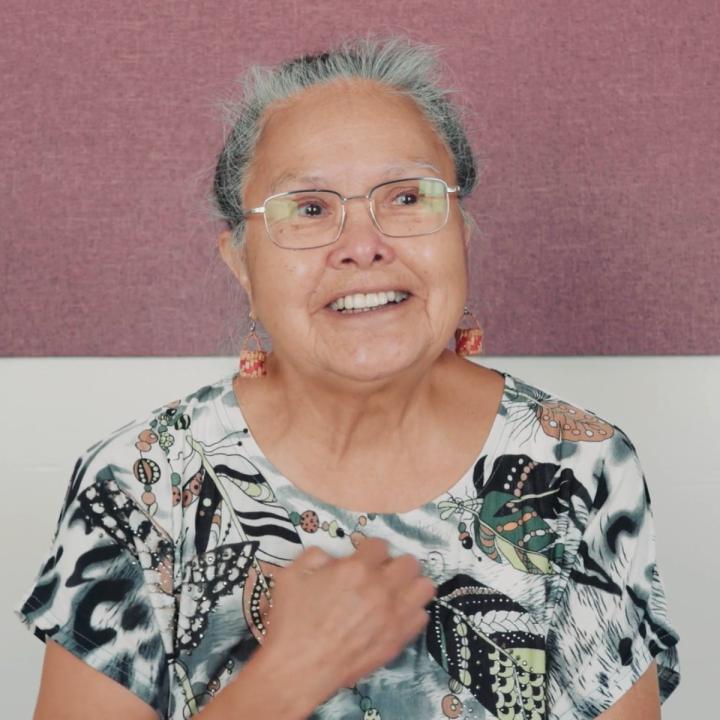
“I wanted to have a traditional name, because what I had when I went to residential school was forgotten.”
CW: Residential school, sexual abuse, abuse, alcohol, suicide, addiction
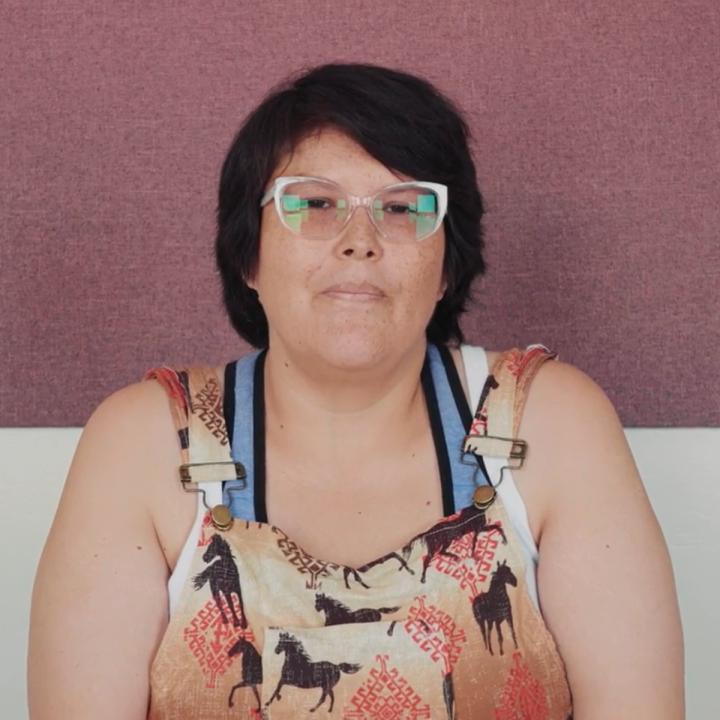
“I know that I had a purpose and that I belonged, and that is through my art.”
CW: Addiction, health, healing
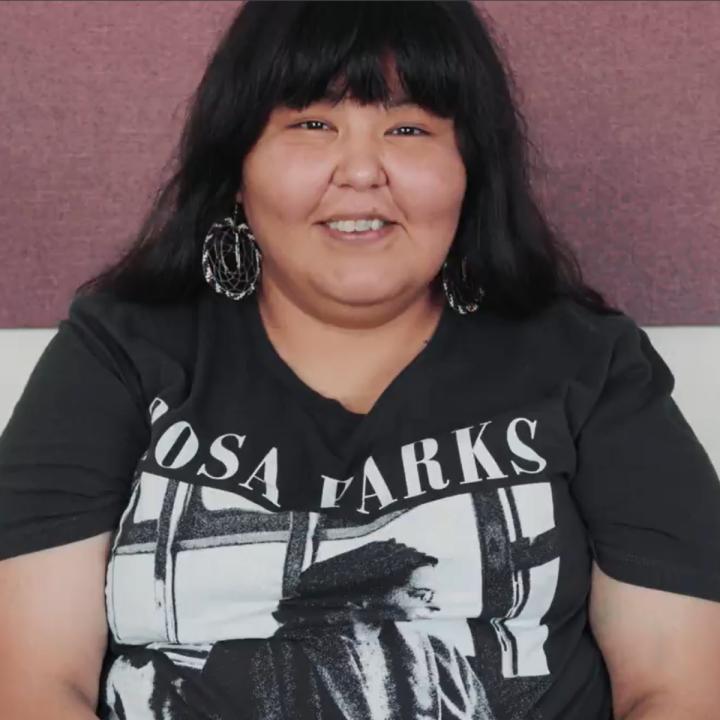
“My daughter is going to be the artwork of my life... I get to be a good parent to my daughter.”
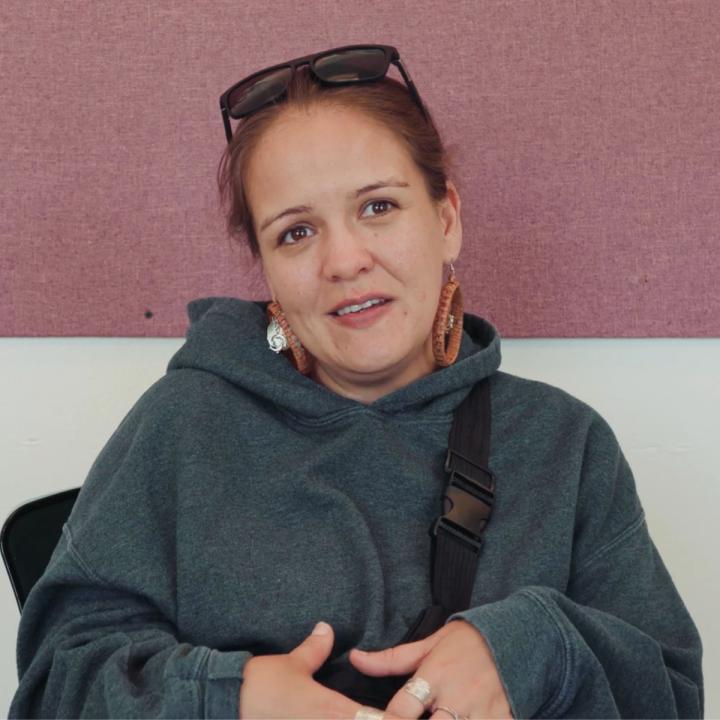
“It’s not something that happened overnight, but I found my strength and tradition in Vancouver.”
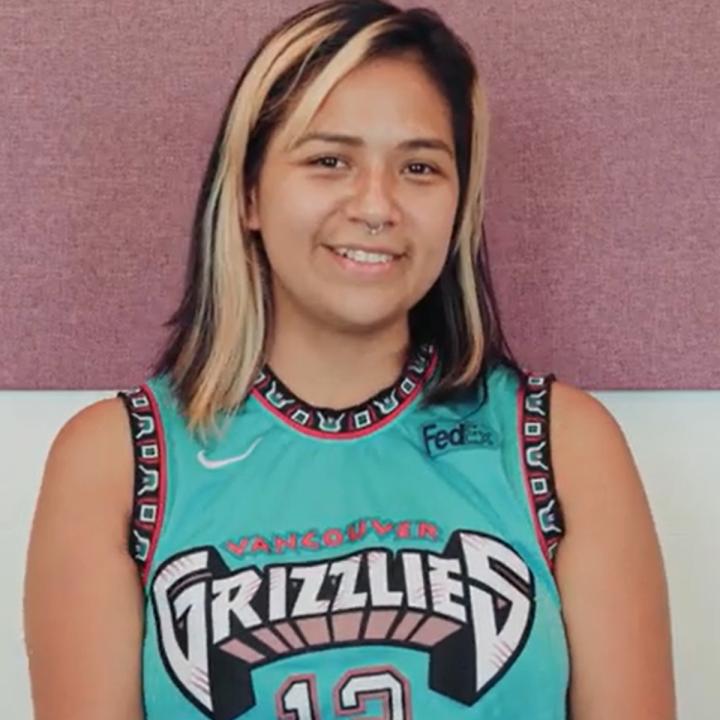
“It was a song from our ancestors that would welcome other communities through our reserves.”
A collection of artworks and photos reflecting personal stories, family mementos, and cultural traditions.
This series of art and photographs, created by Indigenous participants from YWCA Crabtree Corner and Sheway, offers a glimpse into personal and collective histories within the community. Each piece reflects a cherished tradition, a family story or a meaningful memento. Through vibrant colors, textures and memories, these artworks celebrate the resilience and spirit of Indigeneity, honouring the stories that have been carried through generations. Immerse yourself in these visual narratives and witness the strength and beauty of culture expressed through art.
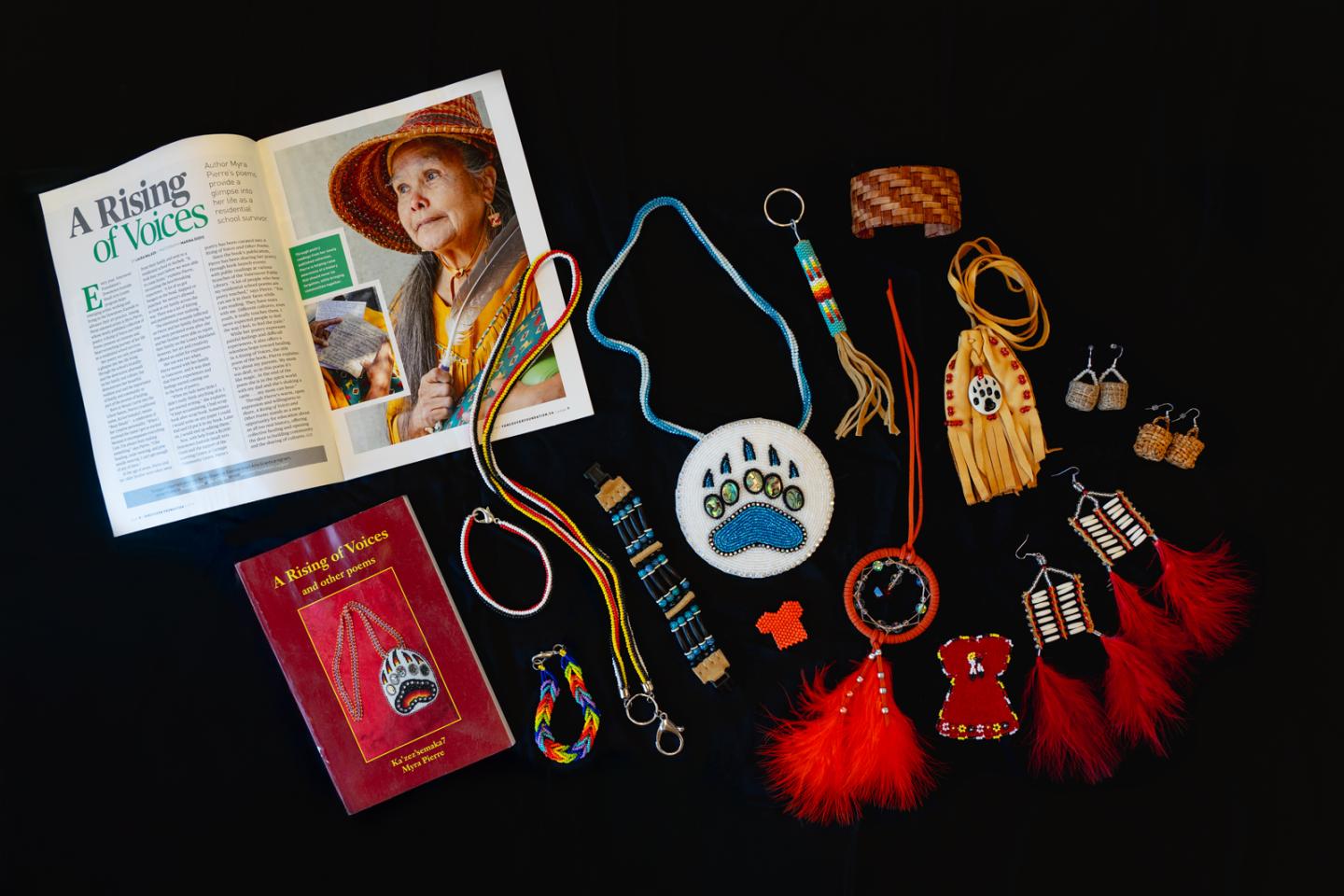
My grandmother's voice guided me through tough times where I would numb myself with alcohol.
I found my healing journey in beading because it helps me therapeutically and saved me from my darkness.
Kazezsemaka Myra Pierre
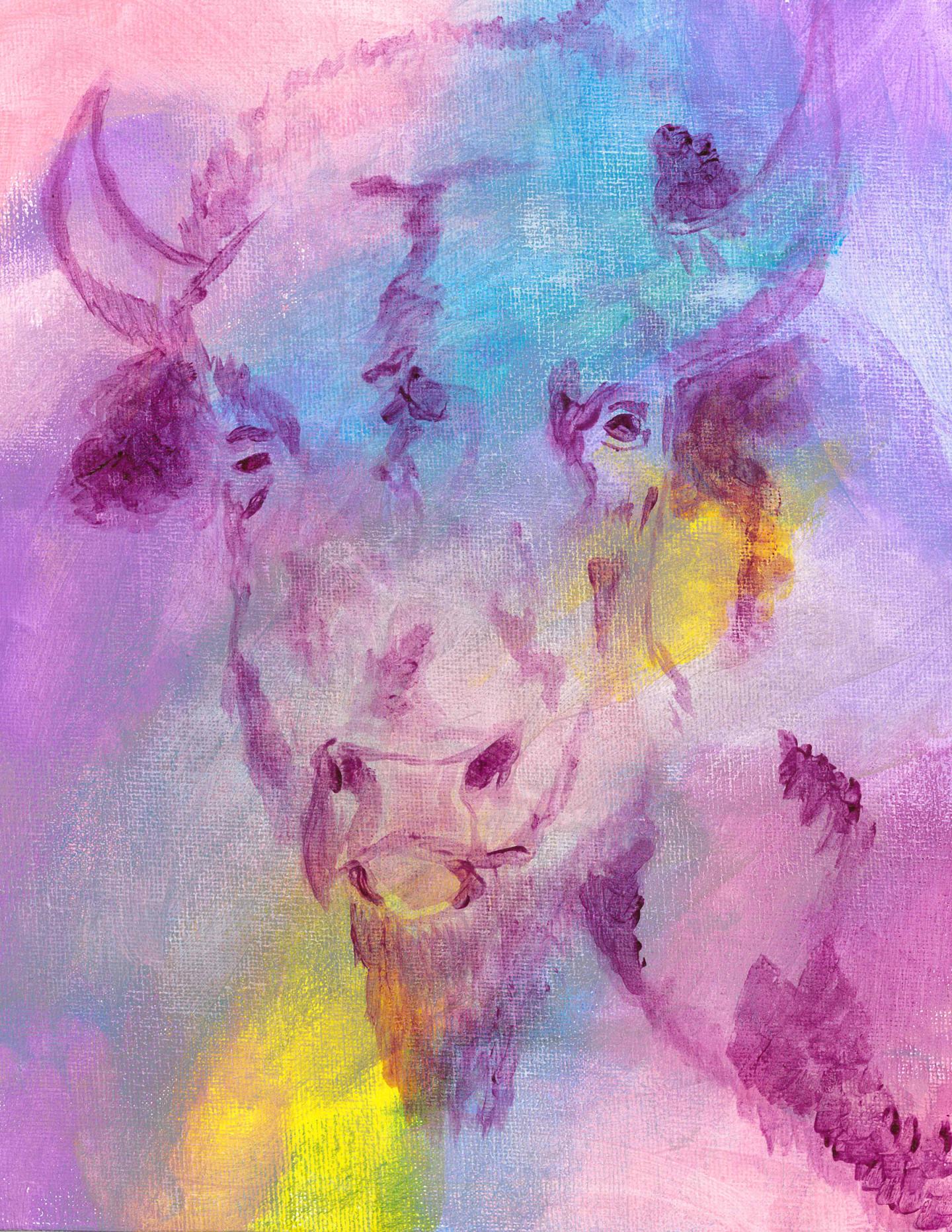
I painted a buffalo because I recognize our relationship with the buffalo. How we used every piece and didn’t waste any part of the buffalo. How the animal itself is so big and powerful in its strength. I also recognize the harsh reality of colonization and the strategic steps they took to abolish our way of life from taking away our food source, tearing apart families and loss of culture. This painting is my ode to the Buffalo and how it has kept my family alive for generations and how even though they tried, they didn’t destroy me and how the buffalo and I are still here.
Jennifer Sakeskanip (formerly Mitchell)
IG: @cree8tingbeauty

We Nisga’a people have been living off our land for hundreds of years. We go off during different seasons for hunting and fishing. During the months from the end of February to the beginning of April, we preserve oolican and sealion. My grandparents have taught me since I was a little girl, how to preserve our Nisga’a foods.
Sealion is a sea mammal normally found in the oceans or rivers. Our people hunt and preserve this food as part of our diet. This tradition has been kept and passed down through generations. My grandfather, uncles and cousins would go out hunting the animal in open water or on the ice, and the women would cut it up and smoke it in the smoke houses for a couple days and up to a week. The smoking part of it all depends on the weather - how cold or damp it is outside, or warm and dry. Also, if you would like the sealion half smoked or fully smoked would depend how long it is left in the smoke house. After it is smoked, it is then taken down and put into jars where we can preserve it for a year or two.
When I was growing up as a child, I can remember my grandparents making this for us to eat and it wasn’t one of my favorite meals. My grandfather told me that when we used to live off just the land, the meat of the sealion would sustain a family for a whole year and also feed other families in the community. We are taught to never feel sorry for an animal that we kill for food, as it is there to feed our families in the months ahead when we could not reach town to get white man food. If one family has way too much meat we are taught to share with another family and not to waste food. My grandfather always said we never take more than what we need, and always appreciate what you get as there are other people in this world who are starving and we need to be grateful.
Still in today’s society we continue to live off our lands and follow our ancestor’s teachings and traditions.
G.M.
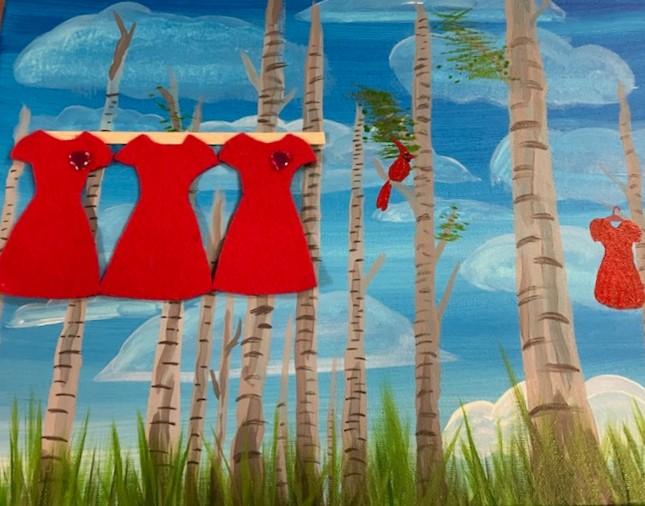
There is a red cardinal in a distant birch tree. There is a red dress hanging on a birch tree branch to represents the red dresses that are hung across Canada in honour of missing and murdered Indigenous women.
This painting was done by Kristen Morris from Sheway one day after Red Dress Day during an art class at Sheway hosted by a Cree brother and sister duo.
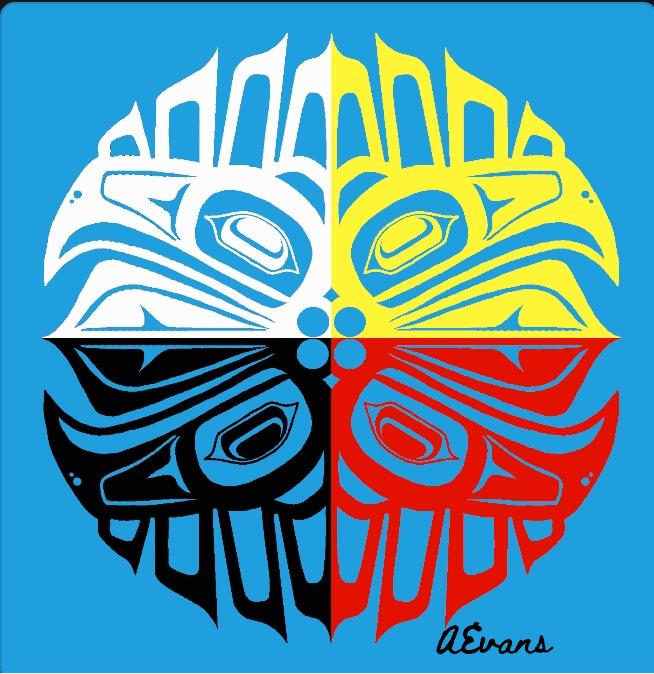
I have a love for eagles and the medicine wheel,
because of what both represent.
The medicine wheel symbolizes balance.
North is white, mental.
East is yellow, emotional.
South is red, the spiritual.
West is black, physical.
Eagles symbolize respect, honour, strength, courage, and wisdom.
They are masters of the sky because they're said to be messenger and closest to the Creator.
Amber Evans
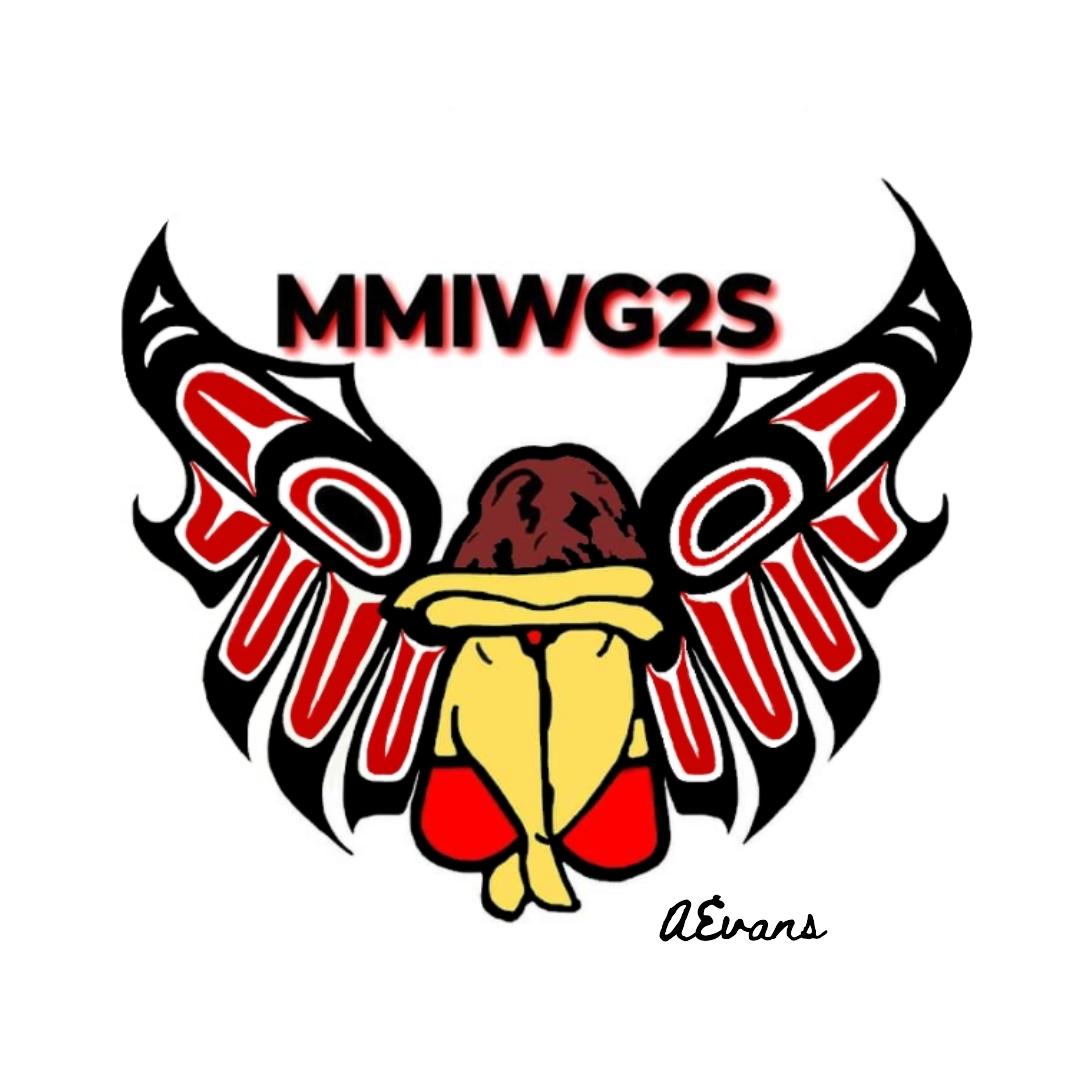
MMIWG2S is a movement to bring awareness and advocate for the many indigenous women, girls, 2Spirited that go missing and have been silenced. To end violence against indigenous women.
Amber Evans
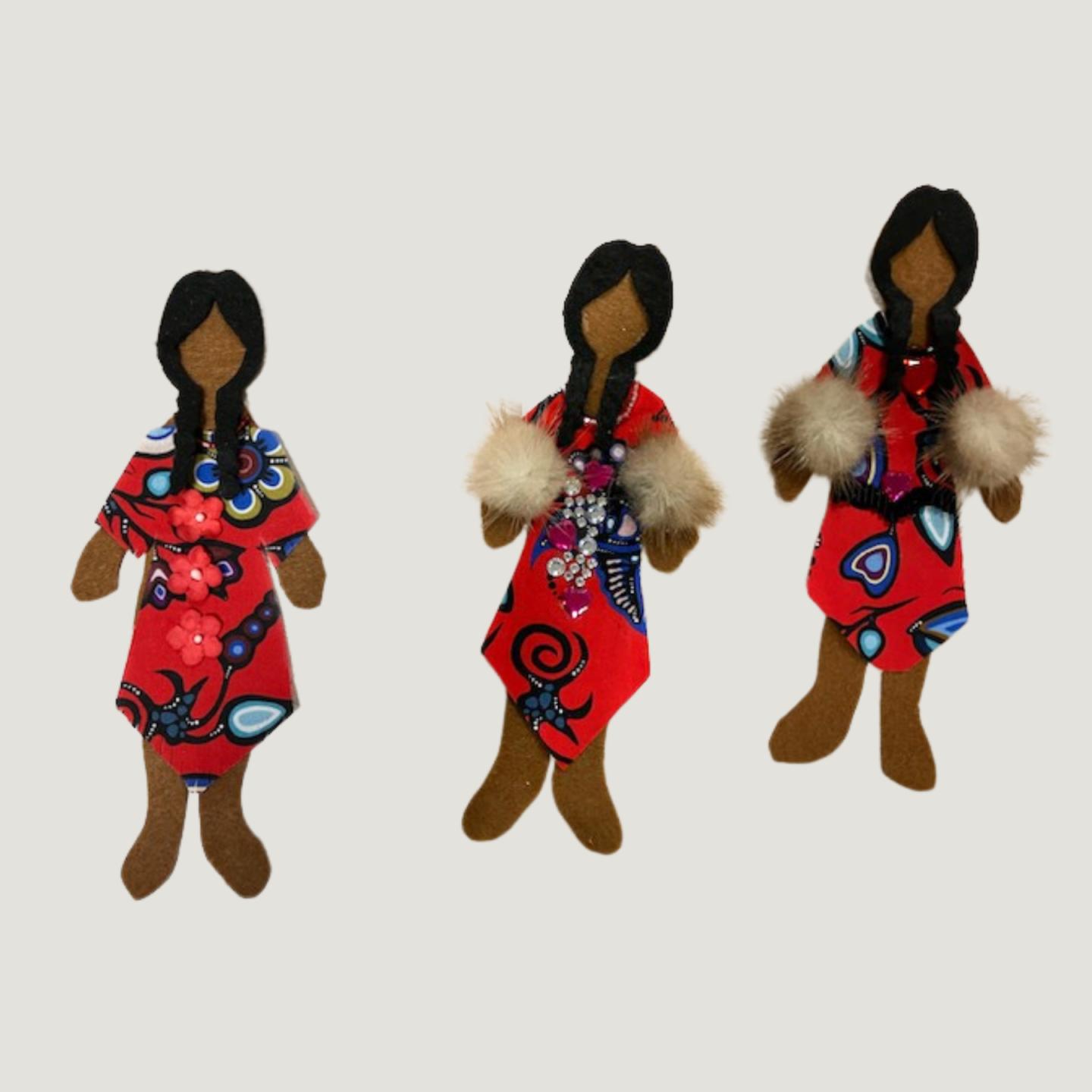
Following the Native Women’s Association of Canada’s Faceless Dolls project, clients created dolls using felt, beads, feathers, and fabric for ribbon skirts. The dolls are a visual representation of Indigenous women who have become ‘faceless’ victims of crime.
The project invites participants to ‘give voice’ to MMIWG and the dolls are displayed permanently in Sheway’s drop-in space.